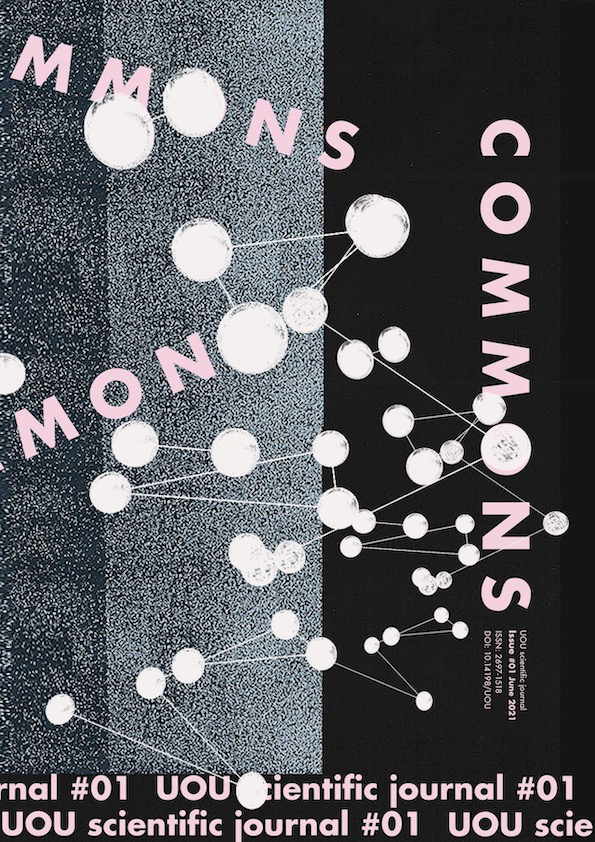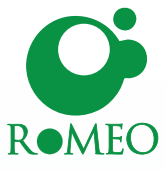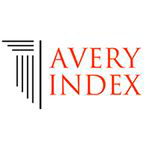Examining the Role of the Nature in New Commons: Two Experimental Architectural Design Studios
Abstract
https://doi.org/10.14198/UOU.2021.1.14
While the negative effects of the COVID-19 epidemic on health, economy, culture, and art continue, social distance and non-contact are changing the forms of socialization and radically transforming the use of public spaces. It is seen that the new situation arising from the digital age and climate change will be effective in the construction of the future rapidly with the effect of the epidemic. Post-covid will appear as a period in which civilization is reshaped with its many dimensions. New commons that develop with the change of daily practices will replace pre-epidemic commonalities. Architecture can take the initiative in defining new commons in the built environment. However, existing concepts will not be sufficient to define new commons, and this will require significant paradigm shifts. In this historical process where life on earth is under threat, nature should come to the fore as the dominant paradigm in the creation of new commons. The purpose of this article, which discusses how this understanding can be evaluated in architectural education, is to examine the role of nature in creating new commons, which is the basic paradigm of the design problem defined in the architectural design studio. From this point of view, two architectural design studios in different scales and contexts were realized in the Department of Architecture of the ………Technical University. In these studios, design problems related to the discovery of new commons including new spatial expansions were discussed. As a result of the design processes, it was observed that the determining and unifying role of nature should be considered as a spatial design parameter in the discovery of new commons, based on the reconciliation of nature and human beings.
Downloads
References
Arendt, H. (1998) The Human Condition, University of Chicago Press: Chicago& London https://monoskop.org/images/e/e2/Arendt_Hannah_The_Human_Condition_2nd_1998.pdf accessed: 07.04.2021
Boettger, T. (2014). Threshold Spaces: Transitions in Architecture. Analysis and Design Tools. Birkhäuser.
Collingwood, R.G. (2020) Doğa Tasarımı (the Idea of Nature) Translated by Kurtuluş Dinçer, Ayrıntı yayınları, İstanbul
Habermas, J. (1974) The Public Square: An Encyclopedia Article (1964), New German Critique, No.3 (Autumn, 1974), pp.49-55. https://www.unige.ch/sciences-societe/socio/files/2914/0533/6073/Habermas_1974.pdf accessed: 07.04.2021
Harvey D. (2012) Rebel Cities: From the Right to the City to the Urban Revolution, İstanbul: Metis
Lefebvre, H (1991) The Production of Space, Translated by Donald Nicholson-Smith, Blackwell: Oxford & Cambridge, Massachusetts
Lefebvre, H. (1998). Modern Dünyada Gündelik Hayat,(Çev. I. Gürbüz). İstanbul: Metis Yayınları.
Lefebvre, H., & Nicholson-Smith, D. (1991). The production of space (Vol. 142): Oxford Blackwell.
Sennett, R. (2002) The Fall of Public Man, Penguin Books, London.
Stavrides, S. (2016). Common Space: Zed Books.
Stavrides, S. (2018). Kentsel Heterotopya, Özgürleşme Mekânı Olarak Eşikler Kentine Doğru. İstanbul: Sel.
Wulf, Andrea (2015) Doğanın Keşfi (The Invention of Nature) Translated by Emrullah Ataseven, Ayrıntı yayınları, İstanbul
Downloads
Published
How to Cite
Issue
Section
License
Copyright (c) 2021 Nuray Özaslan, Fatma Kolsal, Aysu Balkan

This work is licensed under a Creative Commons Attribution 4.0 International License.
The authors keep their rights upon their work, although they transfer, in a non-exclusive way, the rights of exploitation (reproduction, publication, distribution, public dissemination and presentation) to the Journal. The authors are, therefore, free to enter additional, separate contracts for the non-exclusive distribution of the version of the work published in the Journal (for instance, by hosting in an institutional repository or publication in a book), provided credit is given that the work was initially published in this journal. The works are published under a Creative Commons Attribution 4.0 (CC BY 4.0) license.












